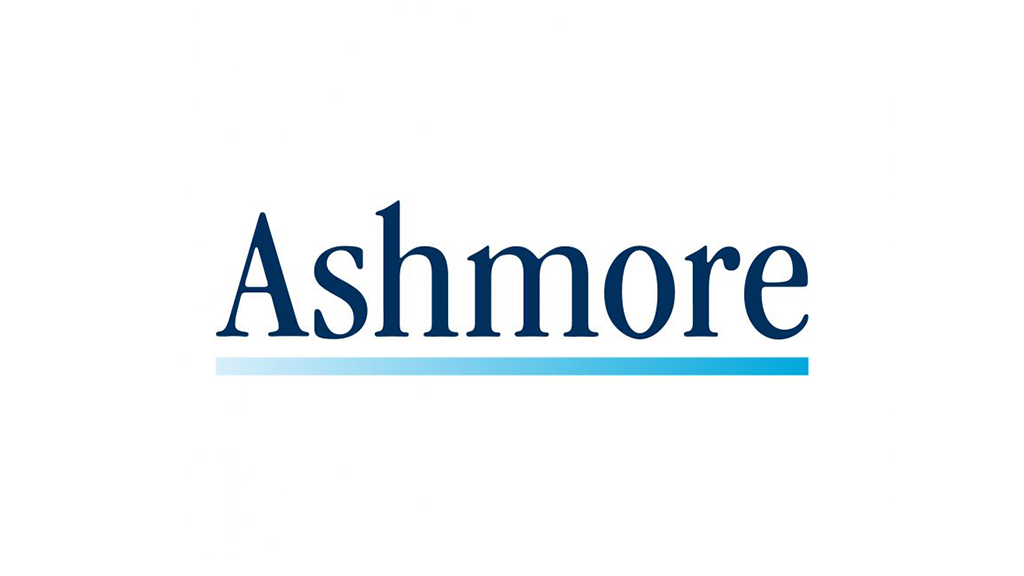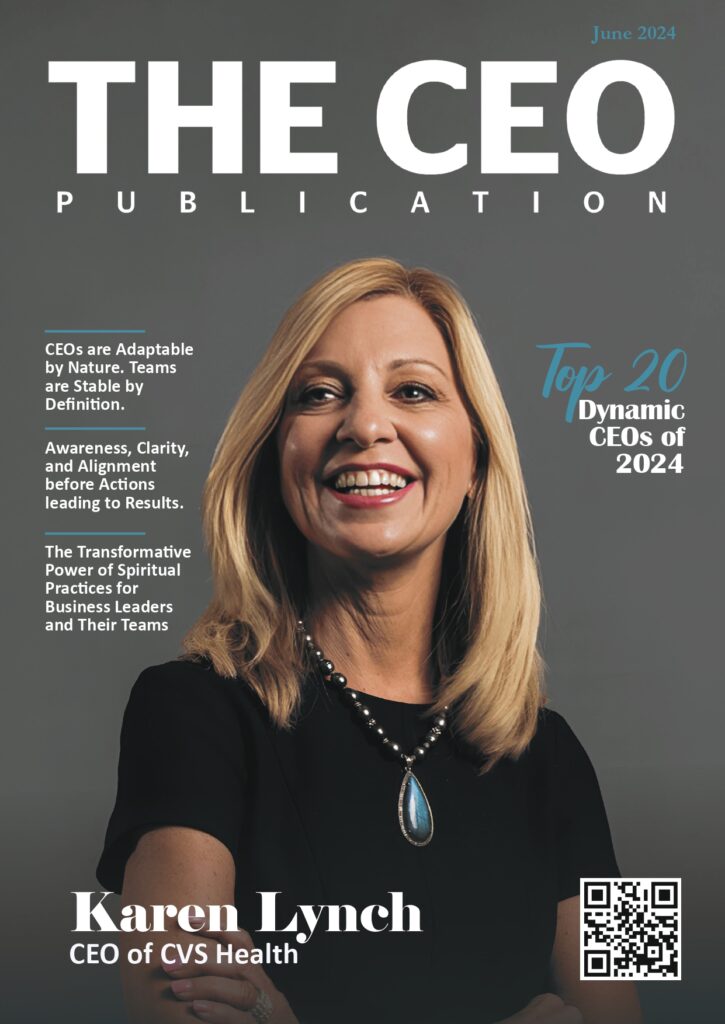Emerging-markets fund manager Ashmore narrows outflows for the second consecutive quarter, signaling an improvement in investor sentiment toward developing economies. The London-listed asset manager reported net redemptions of $300 million for the quarter ending September 30, a notable improvement from $800 million in the previous quarter.
Total assets under management climbed to $48.7 billion, up from $47.6 billion in June, driven by positive investment performance and moderating client withdrawals. CEO Mark Coombs highlighted a clear shift among global investors from overvalued U.S. assets to emerging markets, where valuations and yields remain compelling.
Emerging Markets Regaining Traction
Ashmore’s rebound aligns with a broader shift in investor appetite for risk-adjusted returns. Many emerging economies—particularly those in Latin America and Asia—have stabilized inflation and interest rates more quickly than developed markets, creating favorable entry points for both equity and fixed-income investors.
The company’s local-currency and sovereign debt funds saw the strongest resilience, supported by improving macroeconomic stability and a softer U.S. dollar. Inflows were particularly visible in markets with credible monetary policy frameworks and fiscal discipline, such as Brazil, India, and Indonesia.
Key Drivers Behind Reduced Outflows
- Improved market performance: Stronger EM debt and equity returns helped offset redemptions.
- Valuation opportunities: EM assets remain priced below long-term averages relative to the U.S. and Europe.
- Diversification flows: Institutional investors are reallocating away from U.S. exposure amid policy uncertainty.
- Active management appeal: Ashmore’s selective approach to country and currency exposure improved portfolio resilience.
Outlook & Strategic Priorities
While global risk appetite remains uneven, Ashmore expects its outflow trend to continue narrowing as macro fundamentals strengthen. The firm plans to deepen exposure to frontier markets, enhance alternative investment offerings, and expand client education initiatives on the role of EM exposure in diversified portfolios.
If this trajectory continues, the fact that Ashmore narrows outflows may mark an inflection point—positioning the firm to benefit from renewed confidence in emerging-market growth and capital inflows in 2026.









